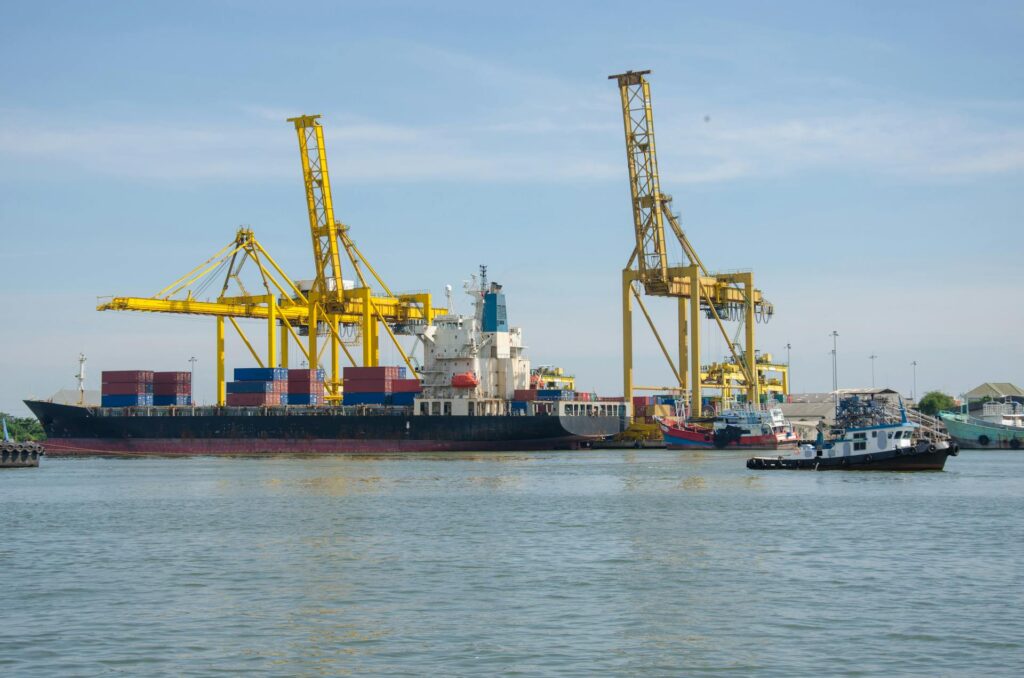
In the complex landscape of international trade, trade terms serve as precise navigators, guiding buyers and sellers to clearly define their respective rights, obligations, and cost allocations. Among them, the trade term DAP (Delivered at Place) has gained significant popularity in recent years, illuminating the path for numerous cross-border transactions.
I. The Connotation of the DAP Term
DAP, namely Delivered at Place, means that the seller fulfills the obligation of delivery when the goods that are still on the means of transport and ready for unloading are placed at the disposal of the buyer at the named place of destination. At this moment, the baton of risks and responsibilities is passed from the seller to the buyer. The “named place of destination” can be any agreed-upon location within the importing country, such as a port terminal, an inland warehouse, or even the buyer’s factory.
II. The Composition of International Freight Costs under the DAP Trade Term
- Transportation Costs: The seller is responsible for bearing the full freight costs of transporting the goods from the place of origin to the named place of destination, covering the costs of various transportation modes such as sea freight, land freight, air freight, or multimodal transport. For example, if a batch of electronic products is transported from Shenzhen, China, to Munich, Germany, the seller has to pay all the freight costs, including the sea freight from the port of Shenzhen to a European port and the subsequent land freight from that port to Munich. If transshipment is involved during the transportation, the transshipment costs are also included.
- Insurance Costs: To safeguard the safety of the goods during transportation, the seller usually purchases cargo transportation insurance, and the insurance premium is borne by the seller. The insured amount is generally determined based on the value of the goods to protect against accidental losses during transportation, such as damage or loss of goods caused by natural disasters or collisions of the means of transport.
- Loading and Unloading Costs: The loading costs at the place of origin are undoubtedly borne by the seller. As for the unloading costs at the place of destination, unless otherwise agreed upon by both parties, according to the rules, they are also borne by the seller. This requires the seller to plan the unloading process in advance and coordinate with local loading and unloading service providers to avoid delays in delivery.
III. The Characteristics of the DAP Term
- Clear Risk Transfer: The risk of the goods is transferred instantaneously when they arrive at the named place of destination and are placed at the disposal of the buyer. This means that from the moment of taking over the goods, the buyer has to bear any potential risks that may occur subsequently, such as damage due to improper storage or secondary handling. This prompts both parties to be extremely cautious during the handover.
- Significant Early Responsibilities of the Seller: The seller takes the lead in the entire transportation process. They need to carefully plan the route, select a reliable carrier, and keep track of the transportation progress to ensure that the goods arrive on time. For instance, during the peak shipping season, the seller has to book the shipping space in advance to avoid the goods being stranded.
- Convenient Customs Clearance for the Buyer: The buyer only needs to focus on the import customs clearance process, handle the formalities and pay the duties according to the local regulations of their own country, without having to worry about the transportation details. This simplifies the operation process. Especially for buyers who are not familiar with the logistics in the exporting country, they can efficiently connect with the subsequent domestic distribution.
IV. The Types of Goods Suitable for Transportation under DAP
- Large Mechanical Equipment: Such goods are usually large in size, high in value, and require professional transportation and installation. By using the DAP term, the seller can utilize their professional resources to arrange suitable means of transportation, such as large-scale transportation vehicles or special ships, and be responsible for transporting the equipment to the buyer’s designated factory to ensure that the equipment arrives safely and can be directly commissioned and installed. The buyer can put the equipment into use upon receipt.
- Customized Goods: For example, customized furniture is highly tailored to the customer’s needs from design to the finished product, and requires special protection during transportation. When the seller uses DAP for delivery, they can take good care of the goods throughout the process until they are delivered to the customer’s home and placed as required, ensuring the complete delivery of the customized goods and enhancing customer satisfaction.
- Goods Sensitive to Delivery Time: Such as the launch of new fashion clothing products or the debut of high-tech electronic products, timeliness is of utmost importance. The seller can control the transportation rhythm by using DAP and deliver the goods to the shopping mall counters or e-commerce warehouses on time, helping the new products to be launched on the market on schedule and seize the business opportunities.
In the arena of international trade, the DAP term, with its clear definition of responsibilities and flexible delivery mode, builds a smooth communication bridge for both buyers and sellers. It is suitable for the cross-border transportation of a variety of goods, driving the wheels of global business forward. However, in actual application, both parties must refine the terms in the contract, clearly define the details of various costs and risk nodes, so as to fully demonstrate the advantages of the DAP term and escort the successful completion of every international trade transaction.





